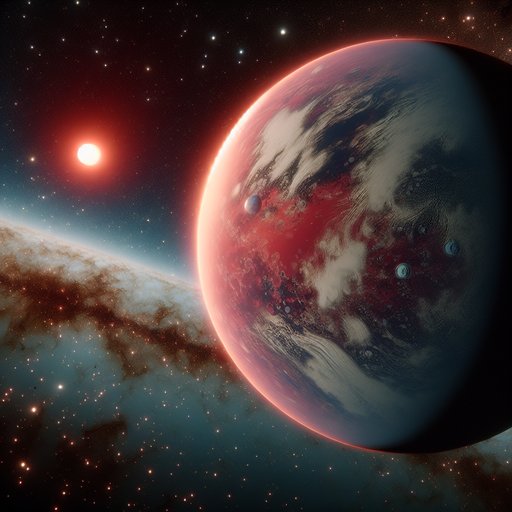
Astronomers in 2024 announced Gliese 12 b, an Earth-size exoplanet just 40 light-years away that orbits a cool red dwarf star every 12.8 days. Detected by NASA’s TESS mission via the transit method and confirmed with follow-up observations, the planet receives slightly more starlight than Earth. Its estimated equilibrium temperature is around 42 degrees Celsius if it lacks an atmosphere, placing it near the inner edge of its star’s habitable zone. Whether Gliese 12 b is actually habitable remains unknown, but its proximity and size make it one of the most promising nearby targets for probing a temperate world’s atmosphere with current telescopes.
Gliese 12 b was first flagged in TESS data, which records tiny, periodic dips in starlight when a planet crosses its star. The signal revealed a world roughly Earth-size, circling its small, cool host in less than two weeks. At about 40 light-years away, the system is close by galactic standards, allowing relatively precise measurements. Follow-up observations refined the planet’s radius and orbit, though its mass—and thus its density—remain to be pinned down by precision radial-velocity campaigns.
The planet’s energy balance suggests a dayside temperature consistent with a warm, potentially temperate surface, depending on whether it retains an atmosphere. Estimates put its equilibrium temperature near 42 degrees Celsius without atmospheric effects, but clouds, composition, and circulation could make surface conditions far cooler—or hotter. Being near the inner edge of the habitable zone, it straddles the threshold where water could be stable. Until an atmosphere is detected and characterized, habitability remains a possibility rather than a claim.
Gliese 12 b is exceptionally well-suited for atmospheric follow-up because a small star makes any atmospheric signal from a transiting Earth-size planet relatively stronger. Transmission spectroscopy with facilities like the James Webb Space Telescope could search for molecules such as water vapor, carbon dioxide, or methane, or reveal a lack of atmosphere. Detecting a secondary eclipse or thermal phase variations might constrain heat redistribution and cloud cover. However, the host star’s magnetic activity and flares—common among red dwarfs—could complicate both planetary climate and observations.
The discovery adds a valuable nearby benchmark to a growing roster of temperate, small exoplanets that includes worlds in the TRAPPIST-1 system and around Proxima Centauri and TOI-700. Comparing these systems will help test how often small planets around cool stars keep their atmospheres despite stellar radiation. Next steps include securing a precise mass to infer bulk composition, monitoring the star’s space weather, and pursuing time on major telescopes for atmospheric tests. Whatever the outcome, Gliese 12 b will sharpen the search strategies for truly habitable worlds within reach of current instruments.












































